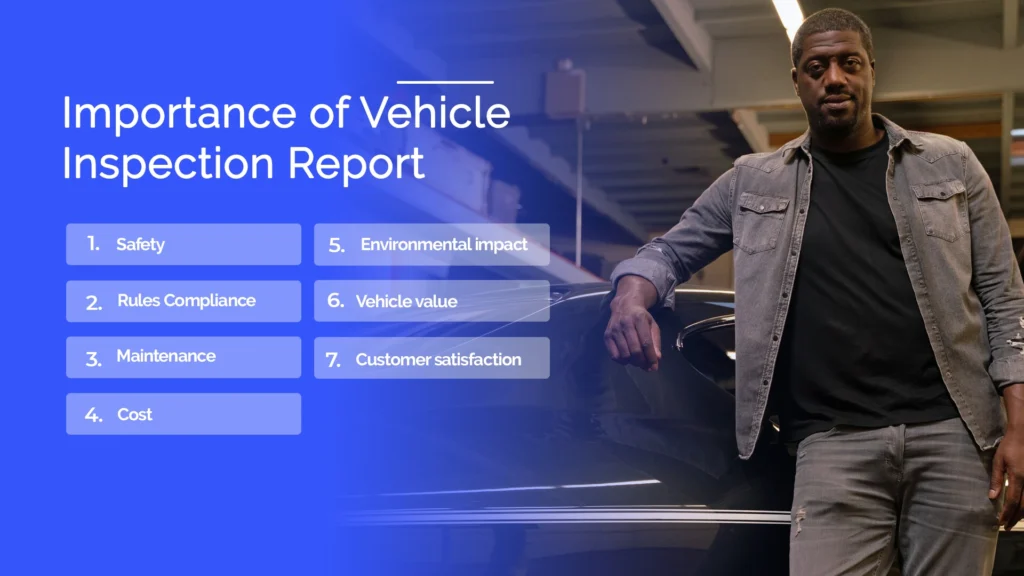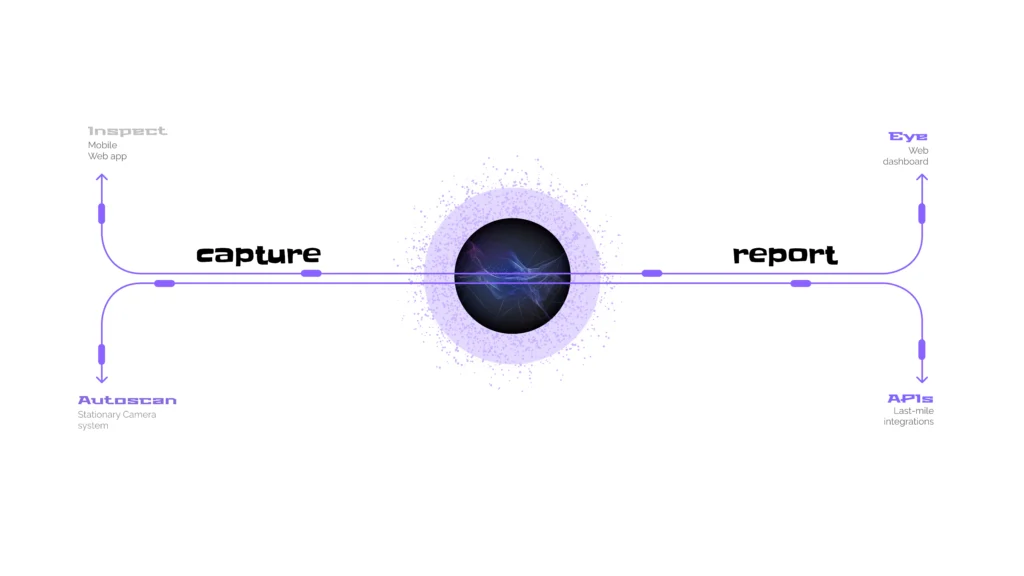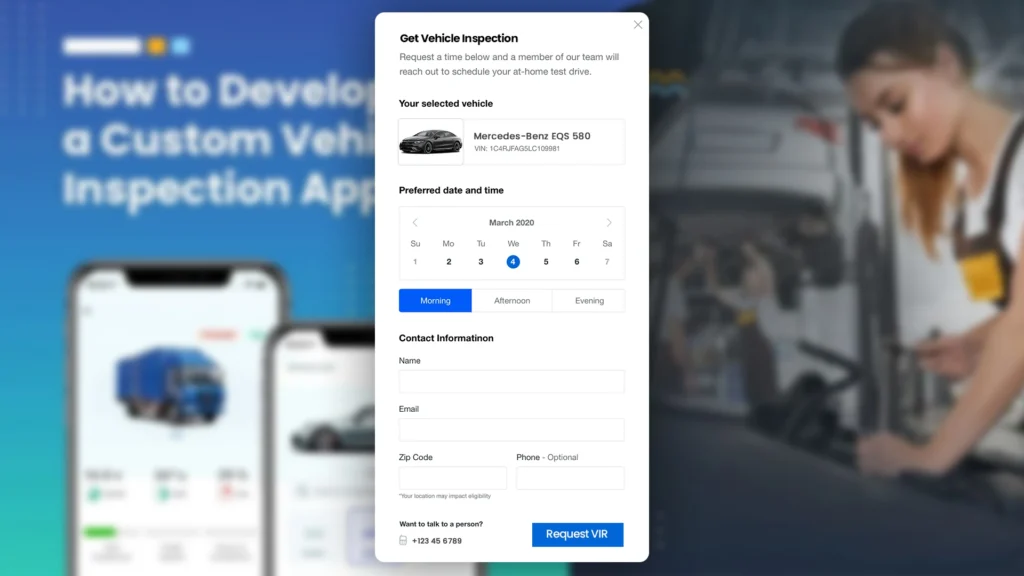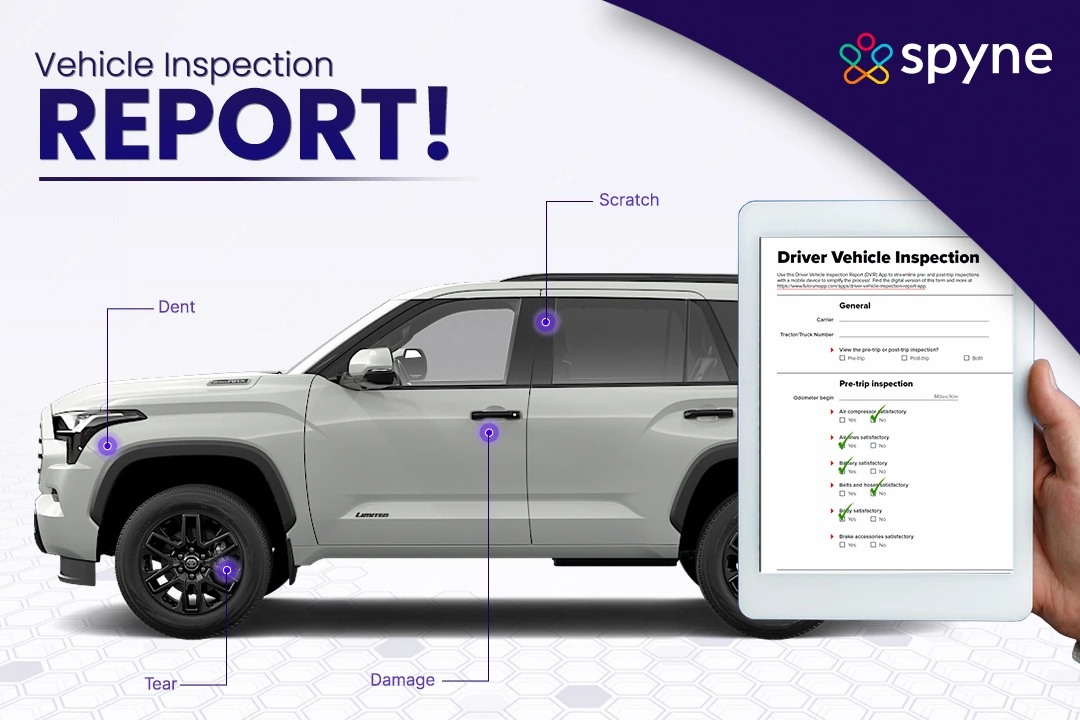With the evolution of tech, the automotive industry’s operation has changed, and hence, there has been quite an increase in awareness of automobile safety parameters. This opened a vertical for those looking out for opportunities in the sector in the form of a Vehicle Inspection Report. As consumers started shifting towards used cars, the market increased. However, everyone wants complete knowledge about the vehicle’s condition and how safe it will be for them.
This blog discusses Digital Vehicle Inspections, their importance, who issues them, and how to get one for your prospective vehicle.
What is a Vehicle Inspection Report?
A Vehicle Inspection Report is a document issued by an inspector or an inspection station indicating whether the car has passed safety and emission standards and regulations. It tells the vehicle’s condition, if it has any issues or defects, and there are cases where the car is rejected. It can only be issued by a certified inspector. Car inspection Report provides potential problems and a detailed overview, and is made based on the vehicle’s age and what it has done in the past.

Importance of Vehicle Inspection Report
Considering that VIR determines a vehicle’s health on several parameters, it’s essential. It can help you find any potential issues or threats that might be a danger, like low tire tread and worn brakes. Similarly, it saves you a lot of money as you can take the necessary maintenance steps at the right time and not expose yourself to extensive problems.
The report can identify issues like brakes, tires, steering, and other vital components that can affect the vehicle’s safety. By addressing these issues before you start using the car, you’ll be able to ensure that you and other passengers are safe on the road. Let’s see the factors that justify its importance:
1) Safety: A VIR helps identify safety issues, such as worn-out brakes or low tire pressure, that could lead to accidents.
2) Rules Compliance: A VIR helps ensure that a vehicle meets legal standards for safety and emissions.
3) Maintenance: A VIR informs the owner of necessary repairs or maintenance.
4) Cost: A VIR can help prevent expensive repairs by identifying issues early.

5) Environmental impact: A VIR can help reduce a vehicle’s environmental impact by ensuring it’s running efficiently.
6) Vehicle value: A VIR can help maintain a vehicle’s value by identifying issues early.
7) Customer satisfaction: A VIR can help a company build a good reputation by showing that their vehicles are reliable and in good working condition.
Where Can You Get a Vehicle Inspection?
There are quite a few ways to get a Vehicle Inspection Report. Let’s see where you can get your next vehicle inspection:
1) DMV or State Inspection Stations: Many states have dedicated facilities or partnered centers that conduct official inspections. These car inspection reports ensure that the car meets necessary state regulations and requirements for emissions and safety.
2) Dealerships: Most car dealerships also offer inspection services, mainly if they sell certified pre-owned vehicles. Inspections at dealerships may include a thorough look at brand-specific issues and a higher level of checks. Therefore, they can even cost more.
3) Independent Auto Shops: Many independent repair shops provide vehicle inspections, often at competitive rates. These inspections generally include brake checks, fluid levels, tire health, and engine condition.
4) Mobile Inspection Services: Some companies or mechanics offer mobile vehicle inspections that come directly to you and are very convenient. This convenient service provides an independent opinion on the vehicle’s condition.
5) Service Centers at Chain Auto Shops: Nationwide auto repair chains like Jiffy Lube, Pep Boys, and Midas are famous for vehicle inspection services. These locations are ideal for essential inspections and tend to be available nationwide.
6) Car Rental Companies: Rental agencies occasionally offer inspection services, especially if you’re purchasing a used vehicle from their fleet. Also refer to the Used Car Buying Guide for better tips and decisions. They ensure all safety protocols are met, making this a reliable option and primary revenue source.

How Spyne’s Vehicle Inspection Works?
Spyne’s Vehicle Inspection system leverages AI, advanced computer vision technology, and deep learning to conduct vehicle inspections. It analyzes images or video data to detect damage, wear, and other maintenance issues.
Let’s see how it works:
1) Image and Video Capture
Spyne Inspection requires a standard smartphone to capture the photos of the vehicle. Spyne AI’s software is compatible with essential mobile devices and can also integrate with cameras at inspection sites or dealerships.
2) AI-Driven Analysis
The vehicle is scanned, and damages are detected through deep learning, AI-driven analysis, and training on large datasets. This AI analyzes each part of the vehicle—panels, tires, windshields, and lights—looking for signs of damage (like dents, scratches, or rust) and measuring wear on parts like tires.

3) Damage Detection and Classification
Spyne AI’s system then detects these damages and categorizes them into type, size, and severity. For example, it can differentiate between a minor scratch and a significant dent, which can help prioritize repairs or maintenance needs.
4) Automated Reporting
The software generates a detailed inspection report with images, location tags, and descriptions of any identified issues. You can share this report digitally with stakeholders, including insurance companies, dealerships, or private buyers, to create transparency and simplify the vehicle assessment process.
5) Integrations and Alerts
Spyne AI’s inspection software integrates with fleet management and Dealer Management Systems , so alerts or notifications can be automated for issues requiring immediate attention.
How to Schedule a VIN Inspection
Scheduling a VIN Inspection is a simple process; however, it does require some pre-requisite processes:
- Please verify that you need an inspection by visiting your official licensing agent or their website for more information.
- You should have all the paperwork necessary to complete your inspection, including the WSP Inspection Request Form provided by the licensing agent.

- Identify your closest VIN inspection location and use our online scheduler to make an appointment.
- Arrive at your location on your inspection date with all your completed documents.
- Ensure your car is in good condition for inspection and the VIN plate is accessible and clean for easy viewing.
- On the appointment day, arrive on time with all required documentation. The inspector will verify your vehicle’s VIN to ensure it matches official records.
What Is Checked on a Vehicle Inspection?
A Vehicle Inspection Report thoroughly checks every part of the vehicle, including visibility features like the lights, horn, mirrors, steering and brakes, seatbelts, and tires.
Let’s see what all is checked:
1) Fluid Levels: Check and top off oils, coolant, brake fluid, power steering, and washer fluids as needed.
2) Filters: Inspect cabin and engine air filters to ensure they are clean and functional.
3) Tires: Assess tire tread depth and air pressure and look for hazards like bubbles or dry rot.
4) Brakes: Verify brake pads, rotors, and emergency brake function; check for leaks in brake fluid.
5) Lights: Confirm all lights (headlights, brake lights, turn signals) are bright and functioning correctly.
6) Windshield & Wipers: Inspect the windscreen for chips or cracks and ensure wipers clear without streaking.
7) Battery & Exhaust: Test battery voltage and inspect the exhaust system for secure pipes and muffler.
8) Seat Belts & Mirrors: Ensure seat belts lock and retract, and mirrors provide clear visibility behind.
How to Check Motor Vehicle Inspection Results
After you have gone through the inspection process, check the results of the Vehicle Inspection Report to ensure you take all the necessary steps if you fail or even be aware of the vehicle’s condition. Check these steps:
1) Visit the DMV or inspection agency website/online portal
2) Enter your vehicle information: the Vehicle Identification Number or license plate number for Car Detection.
3) Look out for inspection results and check the pass or fail status.
4) See if they’ve provided any tips or advice for you.
5) Download a copy of the result for your records and for sharing it with the relevant authorities.
However, only some pass their state inspection.You may need to replace or repair any part that isn’t performing properly or is missing before you can pass.
Conclusion
A Vehicle Inspection Report is an essential tool for car buyers and owners, ensuring their vehicles are safe, reliable, and compliant with regulatory standards. As the market for used cars grows, so does the importance of a thorough inspection process—providing peace of mind for consumers and protecting them from potential issues that could lead to costly repairs or accidents. By investing in quality inspection, car owners can make informed decisions that protect them and their passengers.
A traditional dealership or an advanced digital service like Spyne’s AI-powered inspection system can do this.



























